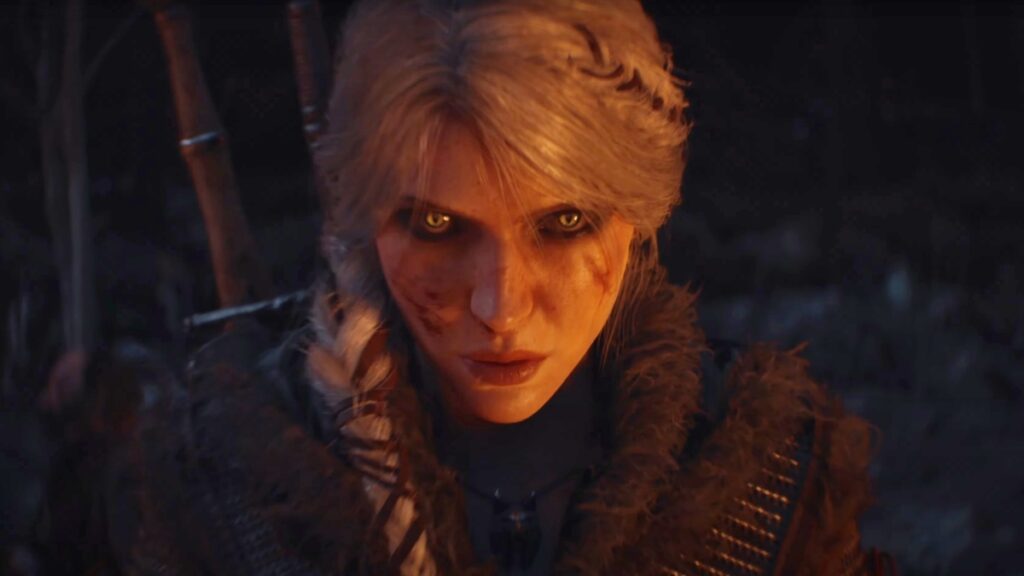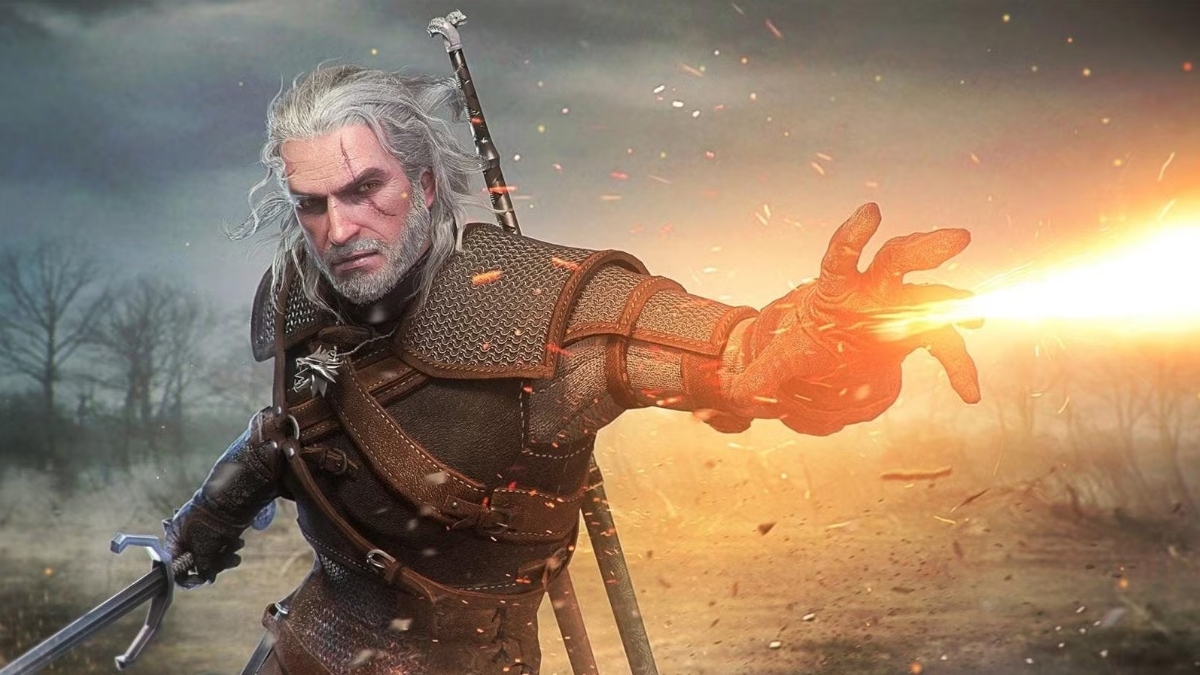Skip To...
The trailer for The Witcher 4 shown in The Game Awards 2024 has surely piqued the interest of many CD Projekt RED fans. However, for those who have read the books or have dived deep into the game’s lore, there’s one burning question for the trailer: how did Ciri become a full-fledged Witcher in The Witcher 4, and why was this necessary?
But first, let’s get the elephant in the room out of the way. There is a canon ending for The Witcher 3 and that would be the one where Ciri lives and chooses to become a Witcher with her surrogate father, Geralt. At least that’s how it appeared in the trailer:
She couldn’t be an empress because the trailer clearly shows Ciri’s cat-like eyes– a signature mutation of the Trial of the Grasses. In the lore, the Trial of the Grasses transforms boys into Witchers and the mortality rate is extremely high and renders the survivors sterile. Only three out of 10 boys who undergo the procedure survive.
For women, the success rate is even lower, with a mortality rate of 100 percent. The Trial of the Grasses has been the official lore explanation in The Witcher lore as to why there are no female Witchers– at least according to the book’s author, Andrej Sapkowski.
But really, the basic reason why there were no female Witchers in the first place is entirely rooted in Andrej Sapkowski’s worldview or preferences. It just so happens that his worldview might be old or outdated.
The Witcher School of the Cat did come up with a Trial of Grasses formula with a 90 percent mortality rate for women (1 in 10 survive). However, the Witcher School of the Cat had been effectively dissolved before the events of The Witcher 3.
The Witcher 4’s is All About Defying Traditions
Now, with Ciri being a full-fledged Witcher, there’s no doubt she underwent the Trial of Grasses, presumably from the School of the Cat. It’s a departure from the tradition and a refreshing theme change since the first three Witcher games have always featured a male protagonist.
We now have an older and more jaded Ciri in a world with multiple layers of prejudice, first against Witchers and second against her gender. Medieval fantasy worlds are highly feudal and sexist, after all, and The Witcher‘s world is no exception. Ciri defying tradition in the trailer literally also has its own figurative and overarching subtext.
Lore-wise, for the game, there are plenty of easy lore shortcuts as to how Ciri survived the Trial of the Grasses as well, seeing as Geralt kept finding Cat School gear in The Witcher 3 just lying around. It’s not too far-fetched for Ciri to find the Cat School’s less harsh Trial of the Grasses procedure.
But Ciri was Already Powerful to Begin With
The thing is, Ciri likely didn’t even need the Trial of the Grasses to become as powerful as a Witcher.
Her original powers involving her bloodline were already miles ahead of what one can procure with the Trial of the Grasses. Most of the time, Witchers also had to rely on potions to be more effective in combat.
Ciri didn’t need any of those potions and certainly didn’t need to rely on the Trial of the Grasses’ mutation to keep up with Witchers who were much older than her. In fact, Ciri in the game should’ve been more powerful now that she’s more mature and has better control of her time and space abilities.
In the timeline of The Witcher 3, she was already more powerful than a sorceress and a Witcher combined, even without mutations.
There are several good theories about why Ciri needed mutations. The most obvious one points to how Ciri might have lost her bloodline’s powers after straining herself to stop an apocalypse. That, or Ciri simply wanted to undergo the procedure to make herself officially a Witcher. However, the second theory makes Geralt canonically a bad father, subjecting Ciri to the mutation.
Meanwhile, Małgorzata Mitręga, the executive producer for The Witcher 4 was aware of the big change for Ciri and wanted to leave space for imagination and for players to question what happened to Ciri. All shall be revealed once The Witcher 4 releases hopefully during our lifetime.











